Stanford University – Computing and Data Science (CoDa)
LMN Architects’ Computing and Data Science (CoDa) building at Stanford University embodies a collaborative ecosystem, integrating innovative design and historic context to foster interdisciplinary research and learning.
LMN is pleased to celebrate the completion of the Computing and Data Science (CoDa) building. The 167,000-square-foot building is the nexus for groundbreaking computational and data science focused on research and learning, fostering an inclusive ecosystem for academics and students across disciplines to collaborate, create, and innovate.
Positioned at the crossroads of Lomita Mall and Jane Stanford Way near the center of the Stanford University campus, the new CoDa building sits adjacent to the historic main quad. The building’s central location symbolizes the university’s commitment to integrating data science into various academic disciplines, drawing from its proximity to the schools of Engineering, Humanities, and Sciences. Besides bridging disciplines, CoDa also unites old and new, stitching together the historic campus core with the adjacent arts, engineering, and medical precincts.
Supporting collaboration in multiple forms, the building’s spatial arrangement establishes a vibrant incubator for innovation. The complex includes classrooms, Faculty and Administrative offices, Student study spaces, a coffee bar, and a 200-person event space defined by an iconic oval ceiling element intended to host both public and university-wide events. Student-focused spaces on the lower levels and research-focused neighborhoods comprising of research offices on the upper floors converge at the Hive—a 5-story mixing chamber identified by the cross-directional feature stair. Animated by natural light and campus views through its transparent enclosure, the Hive offers flexible, open community and collaborative work areas surrounded by meeting and conference rooms, designed to encourage impromptu encounters, conversations, and exchange of ideas.
The building’s organizational concept encourages collaboration both horizontally and vertically, symbolized by the colorful central Hive stair. The stair’s perforated guardrail system is designed around 8-bit binary code, providing a textural background that animates the space and speaks to the shared research language of the computer sciences. Expressed in Stanford red, the Hive stair serves as a strong visual signifier, embodying the ethos of the building’s collaborative spirit.
Outside, the building complex engages the campus’ established architectural language while looking squarely to the future. The design incorporates vertical terracotta panels on the façade that nod to the historic natural building materials across campus, while also providing sunshading for offices and collaboration spaces within. Extensive daylight analysis and energy modeling informed the building’s massing and window-to-wall ratio, improving daylight availability while providing ample shading to reduce glare and energy loads.
Combining rectilinear and curved geometries, the building’s form engages with a series of surrounding outdoor spaces and plazas, establishing multiple entry points that help weave it into larger campus circulation routes. In both location and program, the building offers a new launchpad for applying data science and computation across disciplines, creating opportunities for collaboration to address today’s most urgent challenges.
Design: LMN Architects
Contractor: The Whiting-Turner Contracting Company
Photography: Bruce Damonte

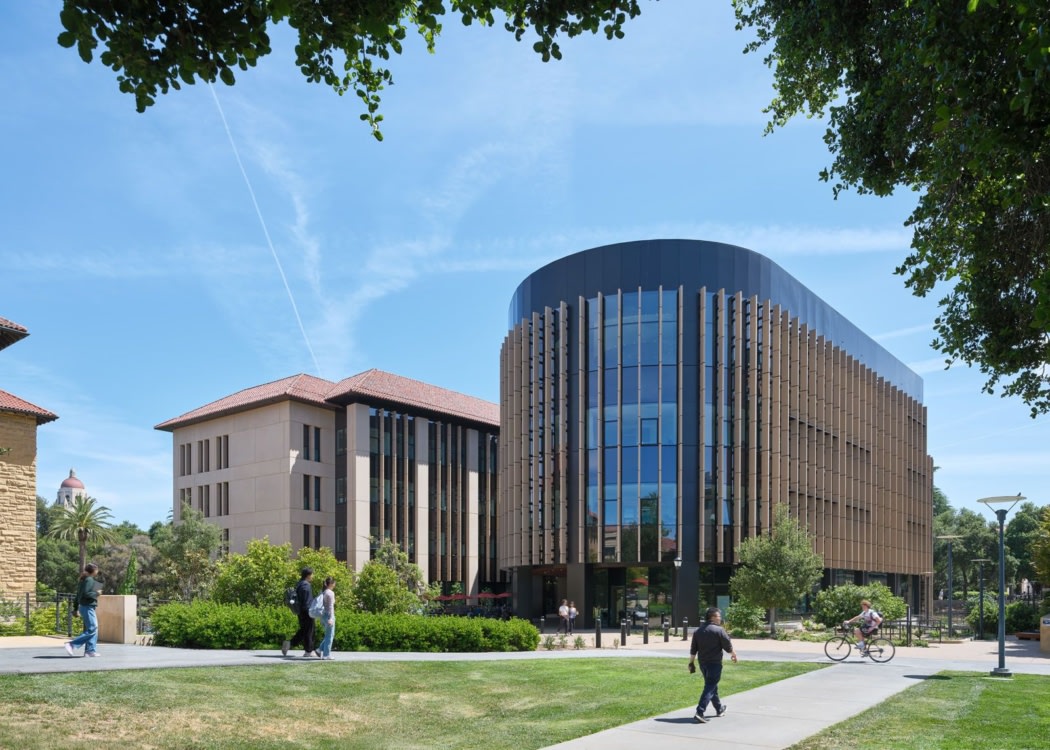
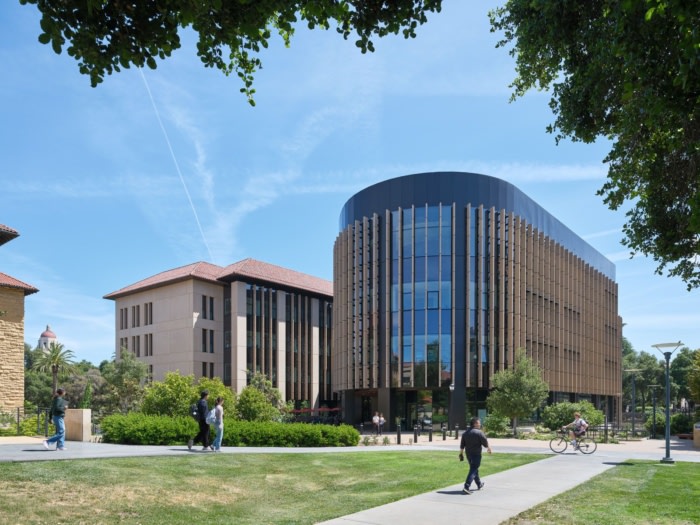
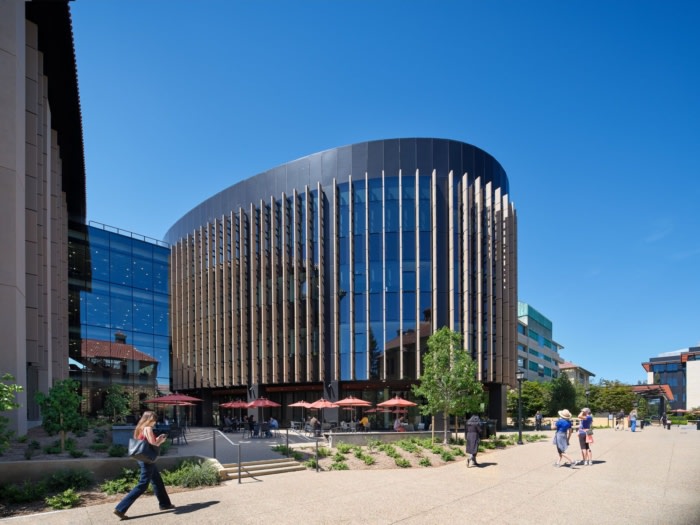


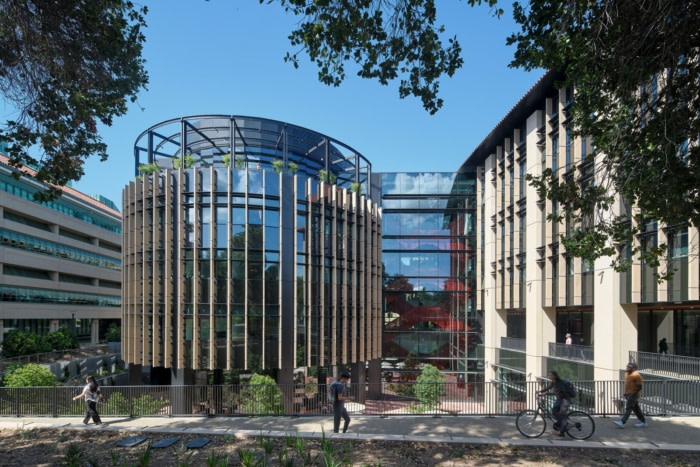
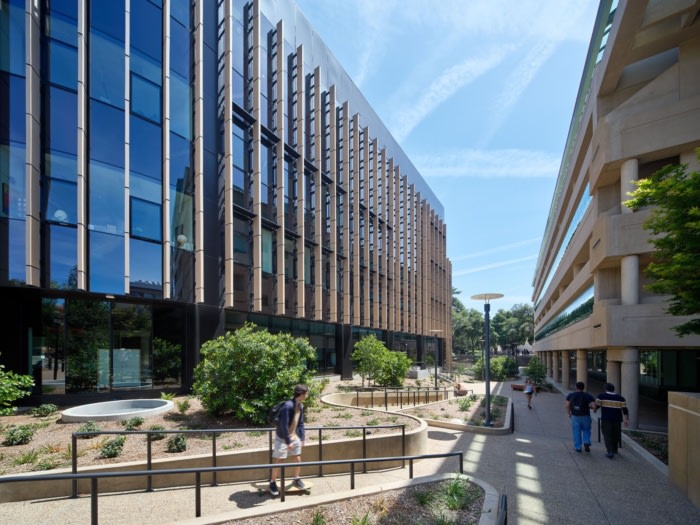
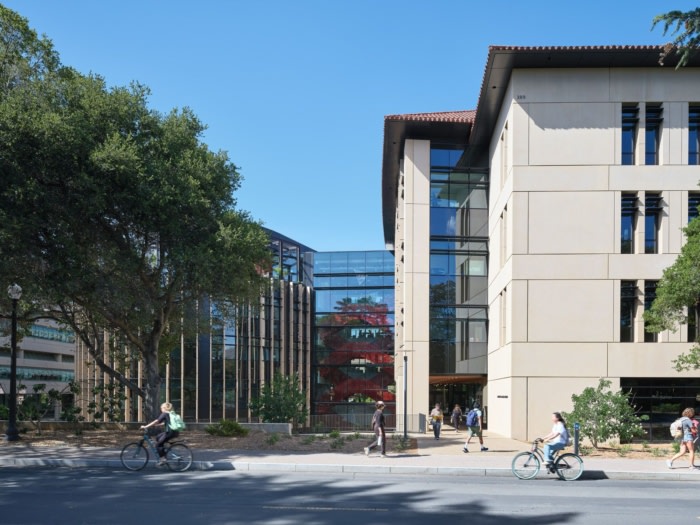
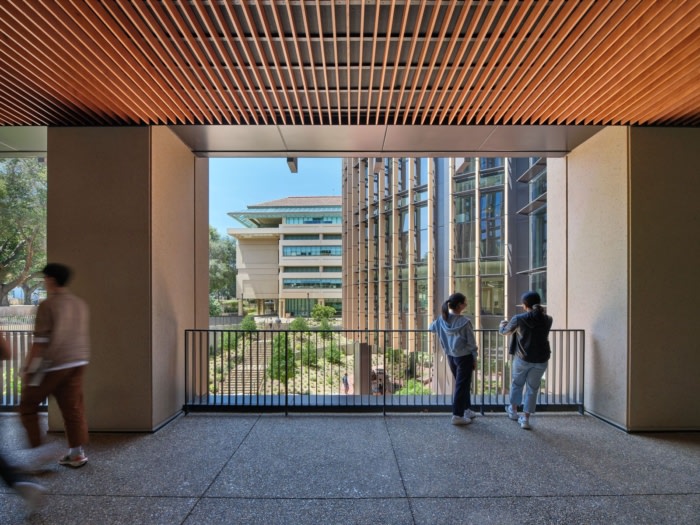

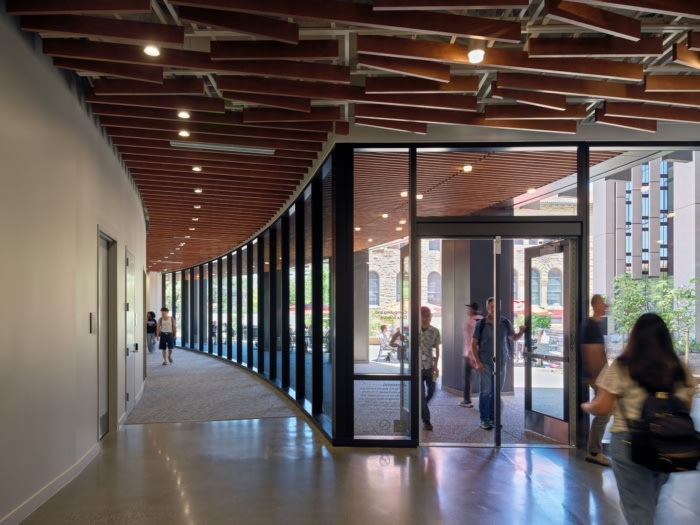
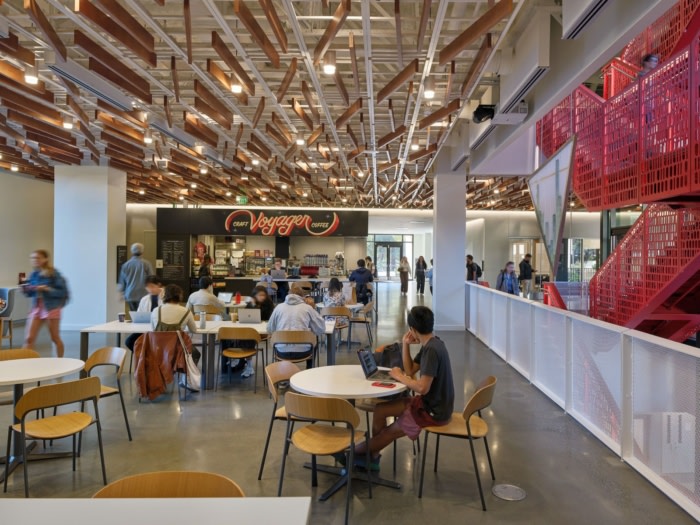
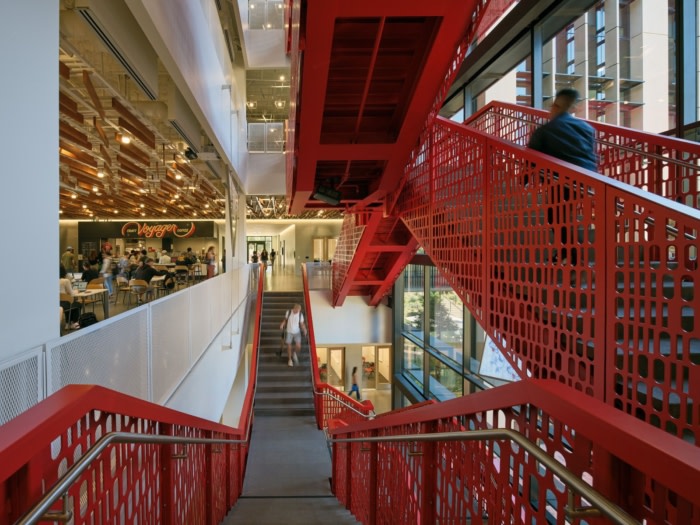

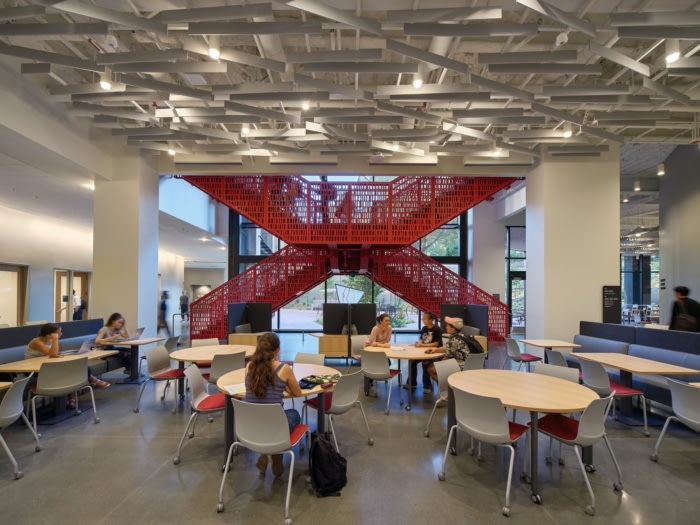


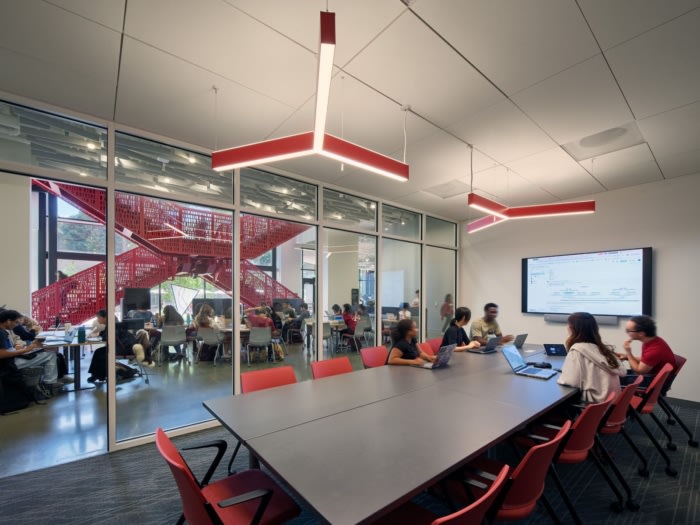
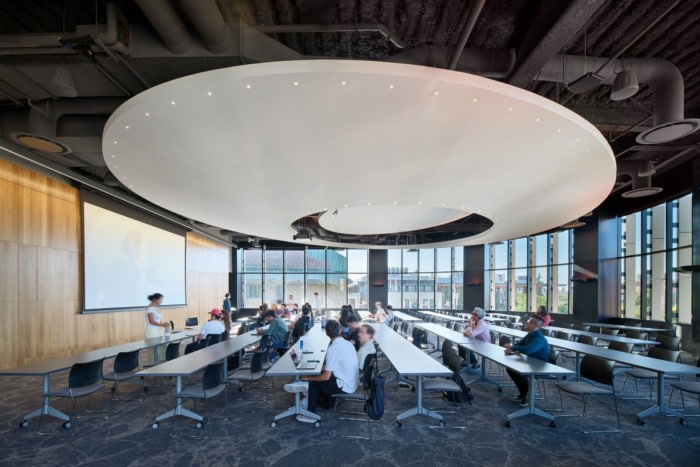

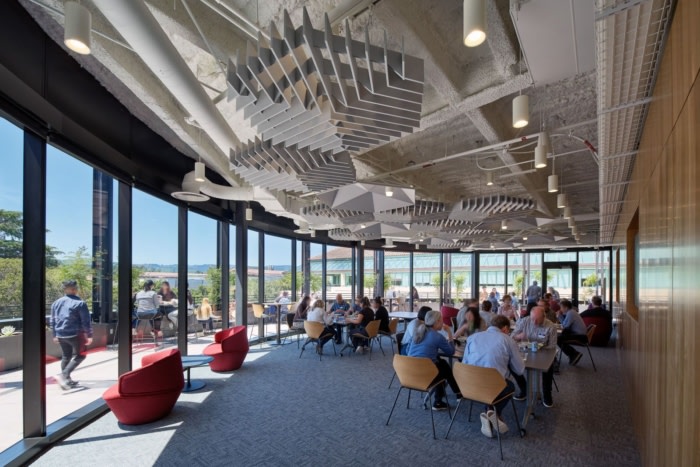

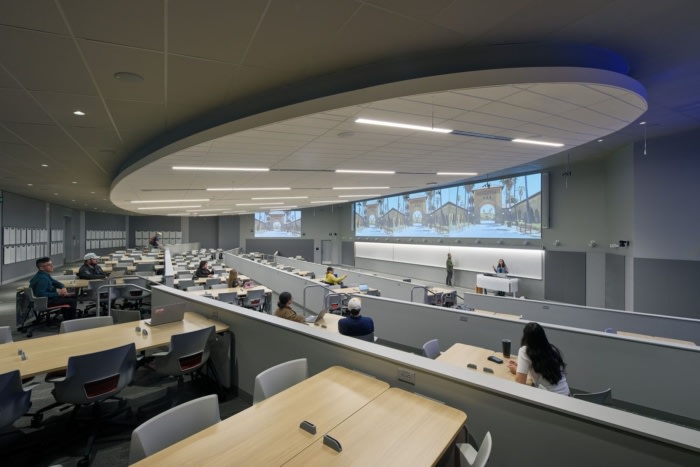
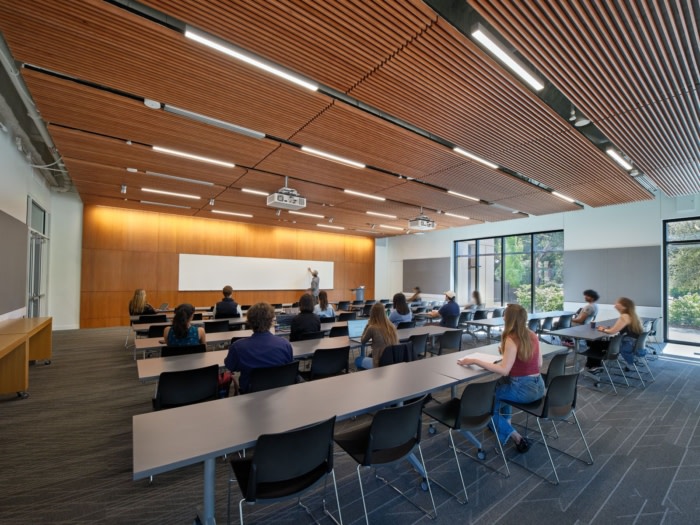

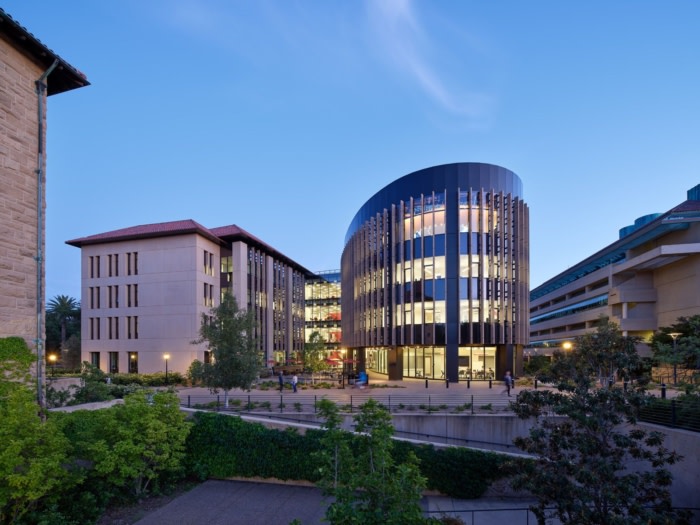



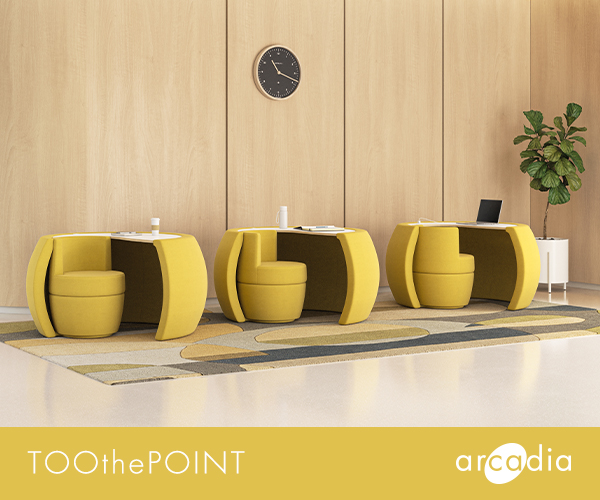

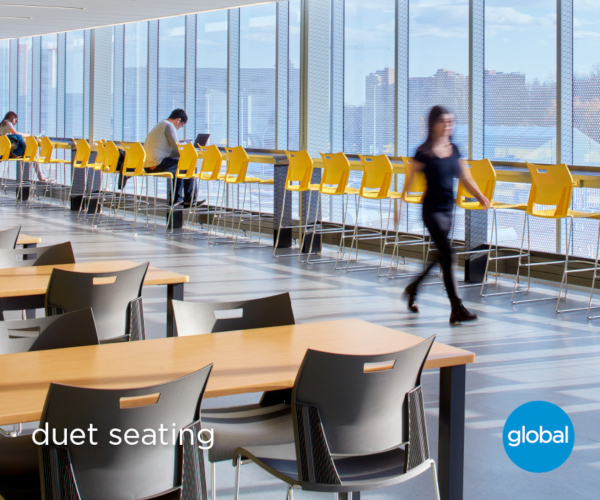



Now editing content for LinkedIn.